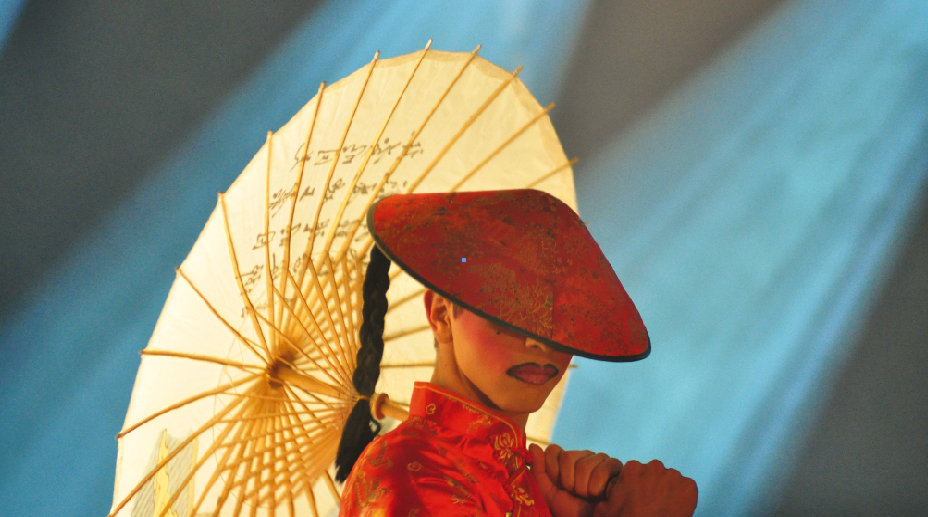RACHEL MILLER discusses the origins of androgynous fashion and whether societies benefit from it.
It’s perfectly common to see girls walking down the street with cropped hair and massive shoulder pads. The androgynous style has been in and out of fashion for decades, and involves the mixing of both masculine and feminine qualities.
It gained popularity in the 70s when Glam Rock boys had long hair and platforms and Punk girls shaved their heads and donned biker boots, with one of the most famous pioneers of this gender-blending look being David Bowie. But it really began in the 1920s when women were finally given the vote and began to dress in men’s tailoring. Now it’s back on the streets with La Roux’s Elly Jackson as the poster girl; sporting short hair, manly blazers and make-up free face. But women dressing masculine are far more common to see than men dressing effeminately. Topman still remains a sequin free zone, so is it less socially acceptable for men to look like women for fear of ridicule? The girly look is only slowly taking hold again with men thanks to musicians such as Brandon Flowers from The Killers, with his eyeliner (sorry ‘guyliner’) and his various outfits made entirely of sequins and feathers.
Lacking rigid gender roles can seem to have more benefits than you’d think, as people that have both masculine and feminine qualities tend to be more mentally healthy and flexible. But why do people choose to shake up their gender traits? Because the androgynous look seems more popular with women, it suggests that women may be more likely to dress masculine to narrow the inequality gap and be more like men in order to succeed in their careers, hence power suits with big shoulders. Men are still considered the ‘dominant sex’. The generic everyday graphic images of bodies, such as the Green Man on road crossings, are distinctly male and this power dressing could be women’s determination to be equal to men in every way. In which case, the androgynous look is not everyone wearing suit and tie; true androgyny will be when everyone is wearing a skirt suit and tie. Or, on a slightly less feminist note, women might be more inclined to be androgynous because women have more freedom of dress than men, and have been the main focus of fashion for the last hundred years.
It may well be stylish, but dressing androgynously can cause a few problems, particularly for women. Striving to look masculine does not stop at clothes. As designers push androgyny to extremes, women begin to desire a masculine body image – skinny, and devoid of feminine qualities such as breasts and hips – which can in turn create a negative body image. Before androgyny was popular, there were little instances of eating disorders. The more society tries to make men and women equal, the more common eating disorders have become. Have women come to detest the feminine body image and instead desire a boyish figure? In a way, this shows that androgyny is less gender equal than first thought: women are prepared to mutilate their bodies to the point of destruction, but men have little desire to create a feminine body shape, but much prefer women with curves than those that are endanger of falling through the gaps in drains. It seems that no one really benefits from androgyny at all.


